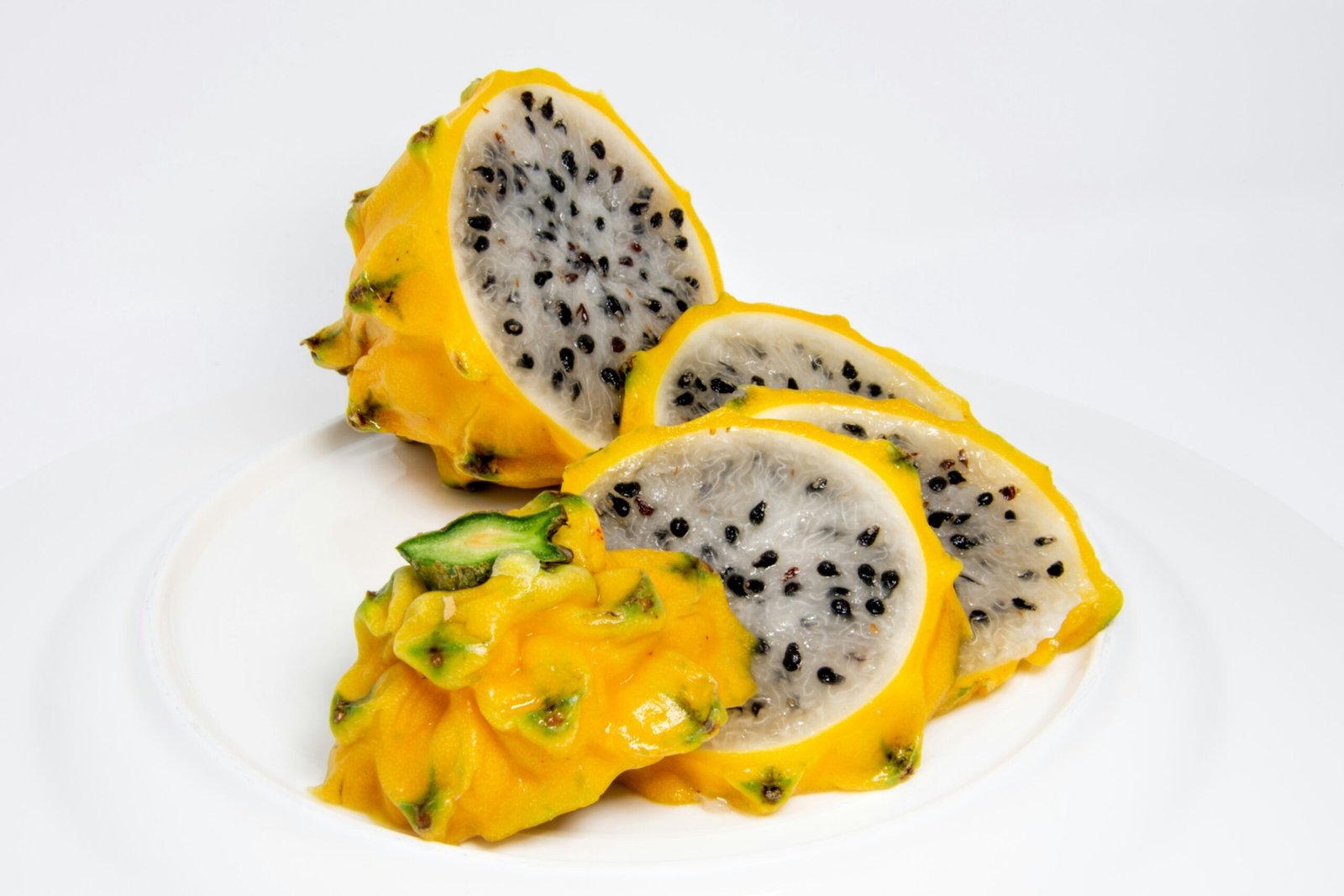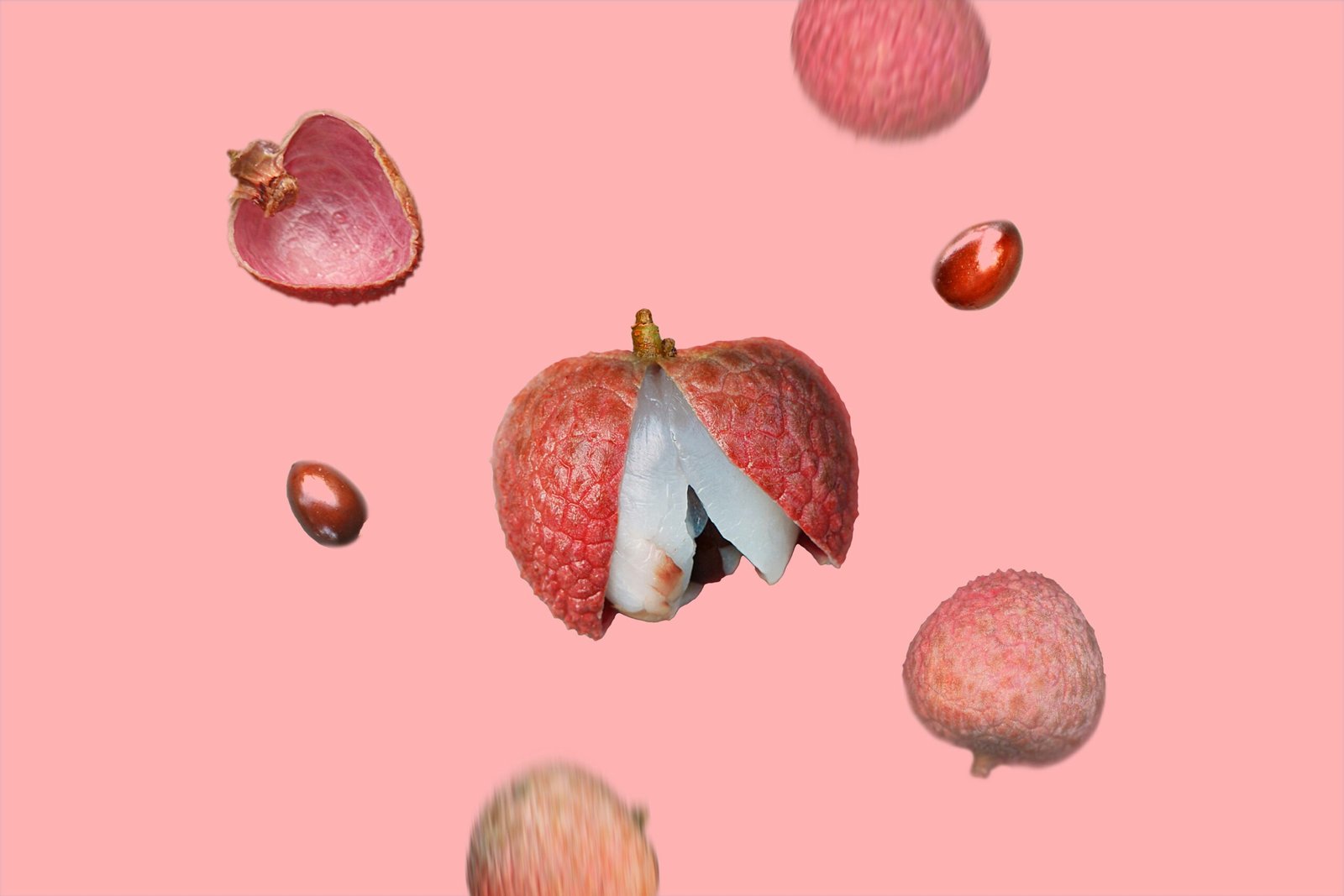
Understanding Botanical Classifications: What Makes a Fruit?
Botanical classifications often diverge from colloquial usage, leading to widespread misconceptions about fruits and vegetables. In botanical terms, a fruit is defined as the mature ovary of a flowering plant, typically containing seeds. This scientific criterion centers on the role of seeds and the part of the plant from which the fruit develops. The presence of seeds is a fundamental characteristic that distinguishes fruits from other plant structures.
The process begins with the fertilization of the ovary within a flower. Following fertilization, the ovary matures and transforms into a fruit, encompassing the seeds that will facilitate the next generation of plants. This developmental process is pivotal in classifying various plant products as fruits. For instance, tomatoes and cucumbers, commonly thought of as vegetables in culinary contexts, are botanically fruits because they develop from the flower’s ovary and contain seeds.
Anatomically, fruits can be categorized into different types based on their structure and the nature of their development. Simple fruits, like cherries, develop from a single ovary, while aggregate fruits, such as raspberries, form from multiple ovaries of a single flower. Additionally, multiple fruits like pineapples arise from the ovaries of multiple flowers fused together. These classifications underscore the diversity within the botanical definition of fruits.
Common misconceptions about fruits and vegetables often stem from their culinary uses and flavor profiles rather than their botanical characteristics. For example, pumpkins are frequently classified as vegetables due to their savory applications in cooking. However, botanically, pumpkins are fruits because they develop from the flower’s ovary and contain seeds. This botanical rationale aligns pumpkins with other fruits, despite their different culinary uses.
Understanding these botanical distinctions provides clarity and enhances our appreciation of plant diversity. By recognizing the scientific criteria that define fruits, we can better comprehend the classifications of various plant products, including pumpkins. This knowledge bridges the gap between botanical science and everyday culinary practices, offering a more nuanced perspective on the foods we consume.
Pumpkins: A Closer Look at Their Classification
Pumpkins are widely recognized for their vibrant orange hue and distinct shape, but their classification often sparks debate. To understand their true nature, it’s essential to first examine their botanical characteristics. A pumpkin is a type of fruit that develops from the flowering part of the plant. The anatomy of a pumpkin includes its outer shell, known as the rind, which encases the pulp and seeds. The seeds, nestled within the fibrous pulp, are crucial for the plant’s reproduction. The pumpkin itself originates from a flower that blossoms on the pumpkin vine, which is a member of the Cucurbitaceae family.
The Cucurbitaceae family, also known as the gourd family, includes a variety of other plants such as squashes, gourds, and cucumbers. All these plants share similar botanical features and are classified as fruits because they develop from the ovary of a flower and contain seeds. While the culinary uses of pumpkins might contribute to some confusion, their botanical classification is unequivocal. Much like pumpkins, squashes and gourds are also fruits, although they are often prepared and consumed in savory dishes that are traditionally associated with vegetables. This multi-faceted use in cooking blurs the lines between fruits and vegetables in the culinary context.
In everyday cooking and nutrition, pumpkins are frequently utilized in a variety of dishes, ranging from savory soups and stews to sweet desserts like pumpkin pie. This versatility in the kitchen may lead to the misclassification of pumpkins as vegetables. However, according to botanical definitions, pumpkins are unequivocally fruits. This classification is rooted in the plant’s reproductive biology, where the fruit serves as a vessel for seed development. Despite their frequent treatment as vegetables in culinary practices, pumpkins’ botanical properties confirm that they belong to the fruit category.





